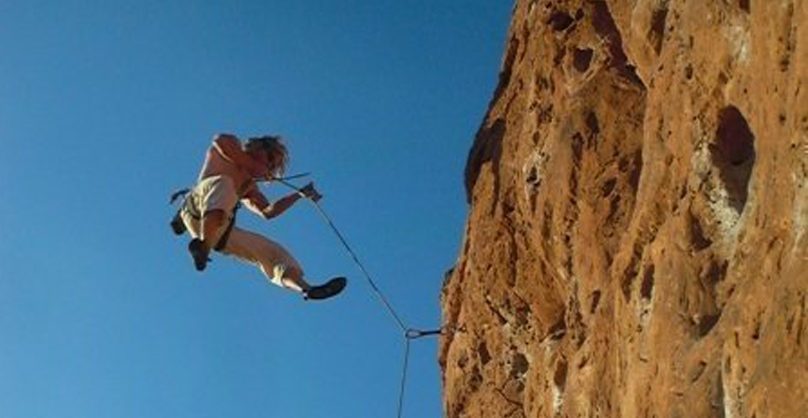When you advance from top-rope rising to lead scaling, drops can fall you further –up to two as much as you have shrunk over your past clip-in point. By learning how to drop, you help decrease your chance of harm.
Since falling is a natural byproduct of depriving yourself and learning new skills, handling the anxiety of falling can also be crucial to advancing because of climber.
Gear concerns: Since falling is obviously a chance, no specific equipment is necessary outside your guide climbing equipment. It is well worth a second look at your helmet, even however, since a helmet that is dented, cracked or over a decade old has to be replaced. Find out More about helmet option within our Expert Advice post, Helmet: How to Pick.
Becoming more familiar with decreasing breaks down into three stages:
- Understanding where to be in connection to the rope.
- Reaching a clean flight route.
Tangling with your rope once you come off the wall contributes to bad results, particularly if your leg grabs and you turn upside down.
- When the rope runs off to a side, make sure it is closer to the wall than you are.
- When the rope is behind any portion of your leg, then step out and above the rope .
Although the belayer should observe your every movement, two controls assist the cause:
- Yell”See me!” If you are in a dicey location; it places your belayer on high alert. Whenever gravity prevails; it assists your belayer respond faster with the grab.
- You can not control everything once the moment arrives, but focusing on a couple keys makes a massive difference. In case you’ve got a straight fall in the overhang, relax, exhale and try to not tense up as that makes the shock more intense when you bottom out.
For many drops, follow these steps:
- Look down to almost any obstacles in your course.
- Do not push unless it is to clear an obstruction–shoving off contributes to some more challenging smack when the rope strikes you, pendulum-styleback into the wall.
- Breathe out if you are airborne since it makes you unwind.
- Do not catch anything on down the road –you risk acute finger injury.
- Try to get a gentle landing with your toes, keeping your palms in the ready.
No-Fall Zones: If you are choosing a climbing course, start looking for no-fall zones. These are places where a collapse would create serious consequences–in which there is a horrible barrier to strike, for instance. Next be sure the climbing problem through these zones is well within your capability. If that is not the situation, then pick a different path.
Slimming Exercise
Practicing a serious fall is not recommended, but performing some brief drops at a location in which you’ve got a bomber anchor may take the edge off your anxiety. You wish to be a minimum of 30 feet off the floor: large enough to get rope stretch to consume some of a fall’s force. You also need to make confident you’re large enough that you can not collapse in the ground.
Emotional Preparation
Frequently the brain gives in until you lose your grasp. So try to find a healthy mindset before and throughout the scale:
- Create a plan ahead of the climb: Pick your strategies for the crux and identify areas where you are able to rest.
- Do your security checks: You will decrease risk and increase confidence.
- Trust that your belayer.
- Breathe through the climb: You will boost both bodily and psychological acuity.

